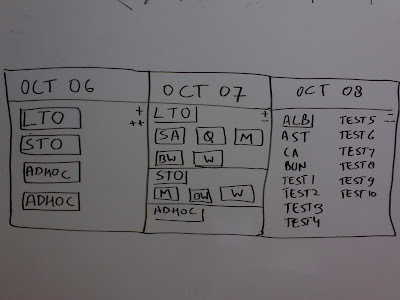Observing: Discovery-driven executives scrutinize common phenomena, particularly the behavior of potential customers.
A true designer studies people habits by observing them in their context. He studies people's behaviors, needs, motivations, and latent desires. Any design activity begins with Users Research and completes with it.
Associating: The ability to connect seemingly unrelated questions, problems or ideas from different fields.
A designer possess inherent ability of creating and recognizing meaningful associations from different fields. If he had not had this ability, he would not have become designers in the first place. To solve a problem he needs to know latest trends in: cultures, technologies, material sciences, fashion, markets, and what not. The designer then connects different variables from different fields to create his best concept.
Questioning: Innovators constantly ask questions that challenge the common wisdom. They ask "why?", "why not?" and "what if?"
No designer can create a new product without questioning. Questioning is an integral part of design process. The more he questions, the more layers he peels off towards success. Challenging common wisdom is another trait of a successful designer. He constantly challenges the society and breaks the norms. Perhaps the most famous example of this is the Juicy Salif, designed by Philippe Starck in 1990. It is considered an icon of industrial design that has been displayed in New York's Museum of Modern Art.
Experimenting: Innovative entrepreneurs actively try out new ideas by creating prototypes and launching pilots.
Prototyping is a common practice in design industry. Nothing is produced without prototyping and exploring concepts in all possible ways. A good designer needs to know prototyping and it is a necessary part of his job.
Networking: innovators go out of their way to meet people with different ideas and perspectives.
Designers network with people from different fields and domains. For example: To design a world class automatic hair cutting machine, the designer needs to understand the latest robotic technology with best robotic scientist and at the same time to understand hair cutting he needs to talk to the best hair dressers. Both the scientist and hair dresser will bring their perspectives and ideas to the problem, which will help in the best solution.
Therefore, we can safely infer that when you hire a designer, you get an innovator for free.
(Photo Courtesy: http://fwd4.me/636)
(Photo Courtesy: http://fwd4.me/636)













